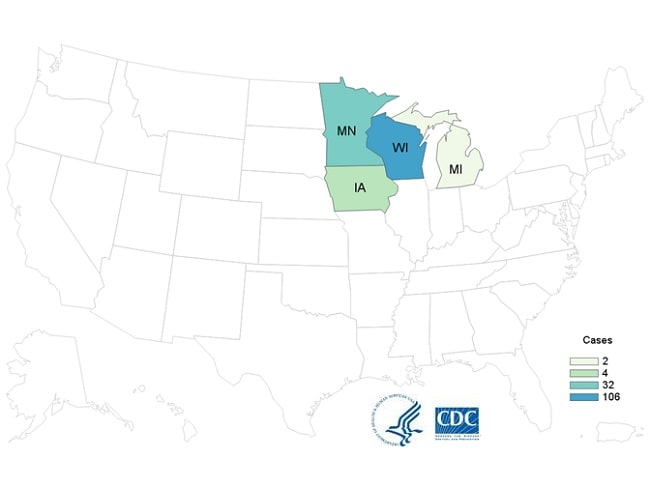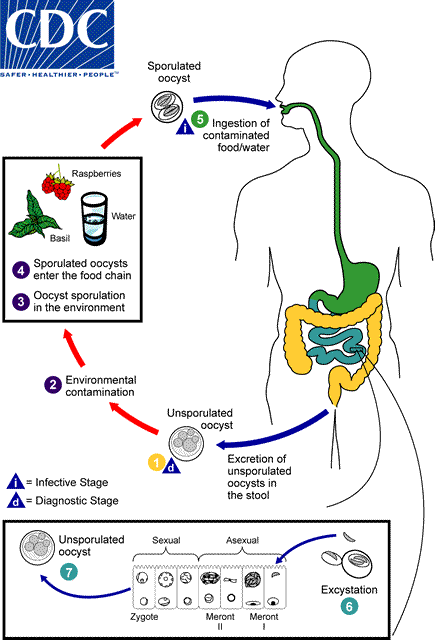Archive for June, 2018
A wildfire in Northern California over the weekend has consumed 7,700 acres, forced evacuations, destroyed a dozen structures, and is threatening hundreds more.
Monday, June 25th, 2018Chhaupadi: “In this corner of Nepal, deep in the Himalayas, women are banished from their homes every month when they get their period. They are considered polluted, even toxic….”
Sunday, June 24th, 2018“……The practice is called chhaupadi (pronounced CHOW-pa-dee), from Nepali words that mean someone who bears an impurity, and it has been going on for hundreds of years. But now, the Nepali government and advocates for women are trying to end it...…”
Volcán de Fuego in Guatemala: “The volcano would grumble and make noise. We never thought it would take our things and leave us with nothing.”
Sunday, June 24th, 2018“Arson Terrorism”
Sunday, June 24th, 2018Meir Amit Intelligence and Terrorism Information Center:
A new method devised by Hamas during the “return marches” to attack the communities near the Gaza Strip and disrupt their daily lives.
“……The phenomenon of “arson terrorism” using kites, which began on a small scale during the third week of the violent “return marches,” has gathered momentum during the past few weeks, led by Hamas. In addition to incendiary kites, the use of helium balloons with flammable substances attached began, and later kites and balloons with IEDs attached. For Hamas, the advantage of helium balloons is that they can penetrate deep into Israeli territory and cause more damage than kites. Arson terrorism peaked on Saturday, June 16, 2018, when dozens of incendiary kites and balloons caused 25 fires which destroyed thousands of acres of crops, agricultural fields and natural forests. …..”
Denmark: An outbreak of foodborne botulism with six confirmed cases.
Sunday, June 24th, 2018Ethiopia: Scores of people have been injured, some critically, in an explosion at a rally for the new Prime Minister.
Saturday, June 23rd, 2018A major drop in anemia among India’s pregnant women has been spurred by the decline in open defecation, along with later pregnancies and improved education for women
Saturday, June 23rd, 2018Identifying sociodemographic, programmatic and dietary drivers of anaemia reduction in pregnant Indian women over 10 years
-
- https://doi.org/10.1017/S1368980018000903
- Published online: 12 April 2018
“……Results:
In the model accounting for both non-dietary and dietary factors, increased age at pregnancy (P<0·001), reduced village-level open defecation (P=0·001), consuming more Fe (P<0·001) and folic acid (P=0·018) and less phytate (P=0·002), and urbanization (P=0·015) were associated with anaemia reductions. A 10 mg increase in daily household Fe supply from 2012 levels was associated with a 10 % reduction in anaemia……”
People who reportedly consumed Del Monte Fresh Produce pre-packaged vegetable trays containing broccoli, cauliflower, carrots, and dill dip from Kwik Trip/Kwik Star and were infected with Cyclospora as of June 21, 2018 (n=144)
Saturday, June 23rd, 2018

Some of the elements of this figure were created based on an illustration by Ortega et al. Cyclospora cayetanensis. In: Advances in Parasitology: opportunistic protozoa in humans. San Diego: Academic Press; 1998. p. 399–418.
When freshly passed in stools, the oocyst is not infective  (thus, direct fecal-oral transmission is unlikely; this differentiates Cyclospora from another important coccidian parasite, Cryptosporidium). In the environment
(thus, direct fecal-oral transmission is unlikely; this differentiates Cyclospora from another important coccidian parasite, Cryptosporidium). In the environment  , sporulation usually requires at least 1–2 weeks at temperatures from 22°C to 32°C, and results in division of the sporont into two sporocysts, each containing two elongated sporozoites
, sporulation usually requires at least 1–2 weeks at temperatures from 22°C to 32°C, and results in division of the sporont into two sporocysts, each containing two elongated sporozoites  . Fresh produce and water can serve as vehicles for transmission
. Fresh produce and water can serve as vehicles for transmission  , and the sporulated oocysts are ingested (in contaminated food or water)
, and the sporulated oocysts are ingested (in contaminated food or water)  . The oocysts excyst in the gastrointestinal tract, freeing the sporozoites, which invade the epithelial cells of the small intestine
. The oocysts excyst in the gastrointestinal tract, freeing the sporozoites, which invade the epithelial cells of the small intestine  . Inside the cells, they undergo asexual multiplication and sexual development to mature into oocysts, which will be shed in stools
. Inside the cells, they undergo asexual multiplication and sexual development to mature into oocysts, which will be shed in stools  .
.

